There’s a storm brewing in the world of interior design, and it’s all about dark wood. Once seen as the epitome of elegance and tradition, these deep, chocolatey tones are now at the center of passionate debates. Walk into any showroom or scroll through the latest design feeds, and you’ll see that opinions have never been more divided. Some designers are swooning over the return of dark woods, calling them bold and luxurious. Others argue they’re oppressive, outdated, or environmentally concerning. This debate is more than just a matter of taste—it’s about values, practicality, and the future of our living spaces.
Aesthetic Impact
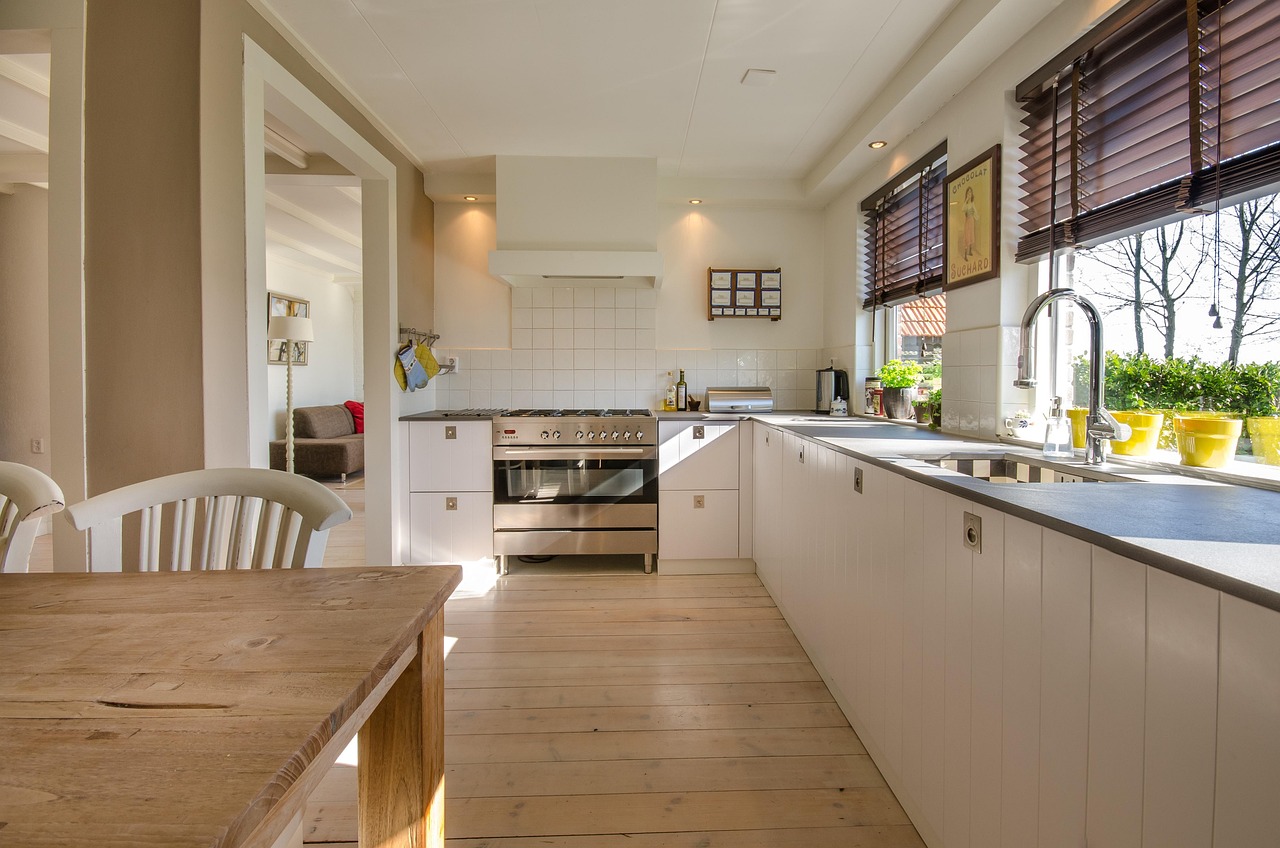
Dark wood has the power to transform a room in ways few other materials can. Its rich, dramatic hues instantly draw the eye and can make a statement like no other. Some designers believe that dark wood brings a sense of depth and character that lighter woods can’t match, giving a space warmth and an air of sophistication. On the other hand, critics argue that these same qualities can overwhelm a room, making it feel smaller or even somber. The mood set by dark wood is often described as cozy, but in tight quarters, it might edge into claustrophobic. When paired with lighter walls or metallic accents, though, the contrast can be stunning—almost theatrical. Ultimately, the aesthetic impact of dark wood is a double-edged sword, offering both drama and the risk of overpowering a space.
Trend Cycles vs. Timelessness
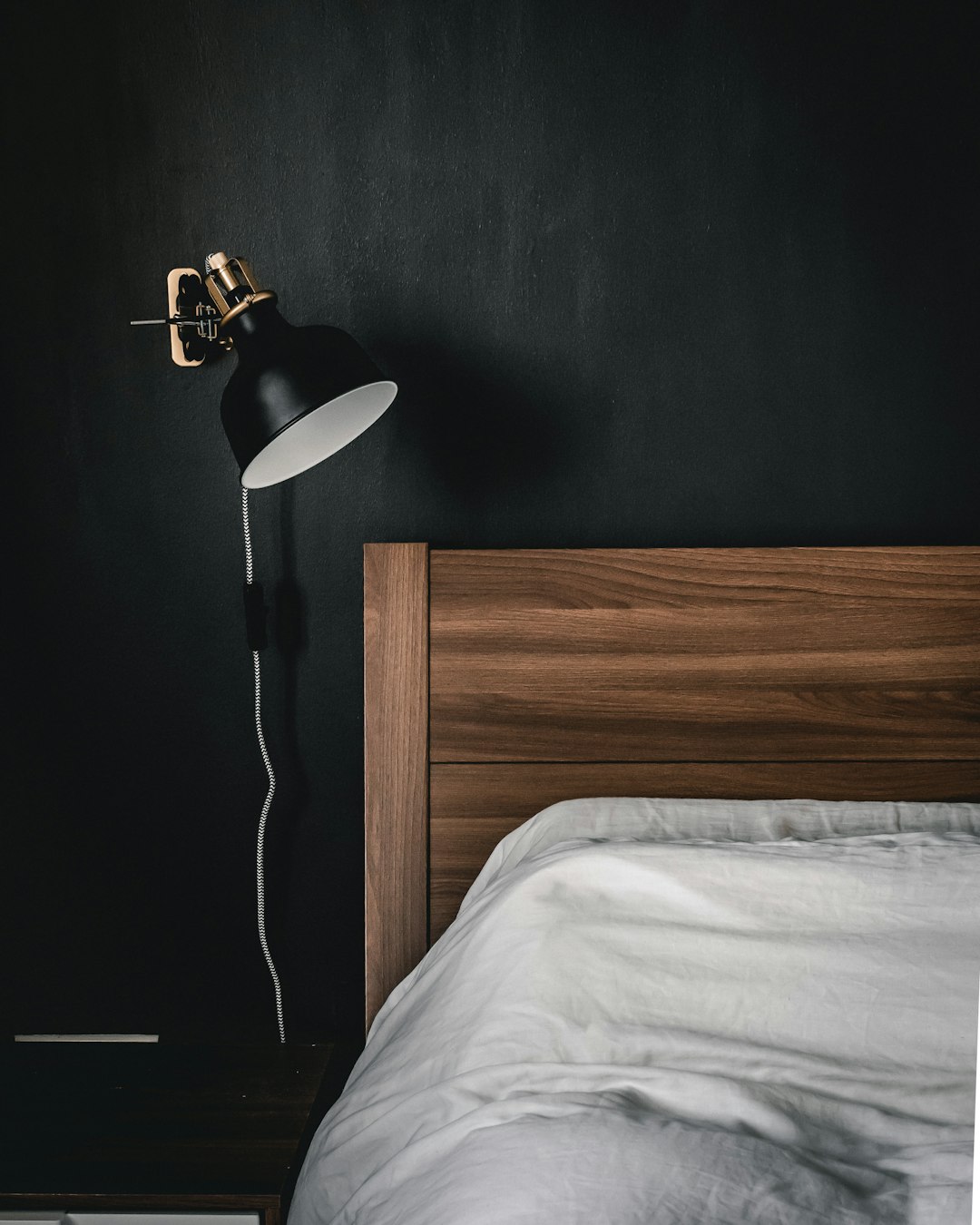
Is dark wood just another fleeting trend, or is it a timeless classic? This is where the debate gets especially heated. Over the past few years, design magazines and influencers have championed the return of dark wood, but some skeptics worry it’s a style destined to fade, like shag carpets or avocado appliances. Still, others see dark wood’s enduring presence in historic homes and upscale hotels as proof of its ageless appeal. There’s a certain confidence in choosing materials that have weathered the ebb and flow of trends for centuries. The real challenge for designers is predicting whether dark wood will still feel relevant a decade from now or if homeowners will be left with interiors that scream “last season.” The tension between chasing trends and seeking longevity is at the heart of every design decision involving dark wood.
Sustainability Concerns

The environmental impact of dark wood is a serious issue that can’t be ignored. Many of the most coveted dark woods—like mahogany, ebony, and wenge—are sourced from forests that are already under threat. This raises tough ethical questions: Can we justify using these luxurious materials when their harvest contributes to deforestation and the loss of biodiversity? Some designers are adamant that sustainability must come first, advocating for the use of reclaimed wood or certified sustainable options. Others argue that with proper management and responsible sourcing, dark wood can still have a place in modern design. The rise of engineered and stained alternatives offers a middle ground, allowing for the look of dark wood without the same environmental toll. This ongoing discussion pushes designers to think beyond aesthetics and consider the broader consequences of their choices.
Functionality and Maintenance

Dark wood’s stunning appearance comes with its own set of practical challenges. While it can create a sense of elegance, it also tends to show every speck of dust, smudge, and scratch. For families with children or pets, this can mean constant cleaning and touch-ups. Some types of dark wood are softer and more prone to dents, while others may fade or lose their luster over time if not properly maintained. Designers often have to weigh the desire for beauty against the need for durability, especially in high-traffic areas like kitchens or entryways. Regular polishing and careful cleaning become essential parts of life with dark wood, and not every homeowner is up for the task. In short, the day-to-day realities of living with dark wood may not match the picture-perfect images seen in magazines.
Psychological Effects of Dark Wood
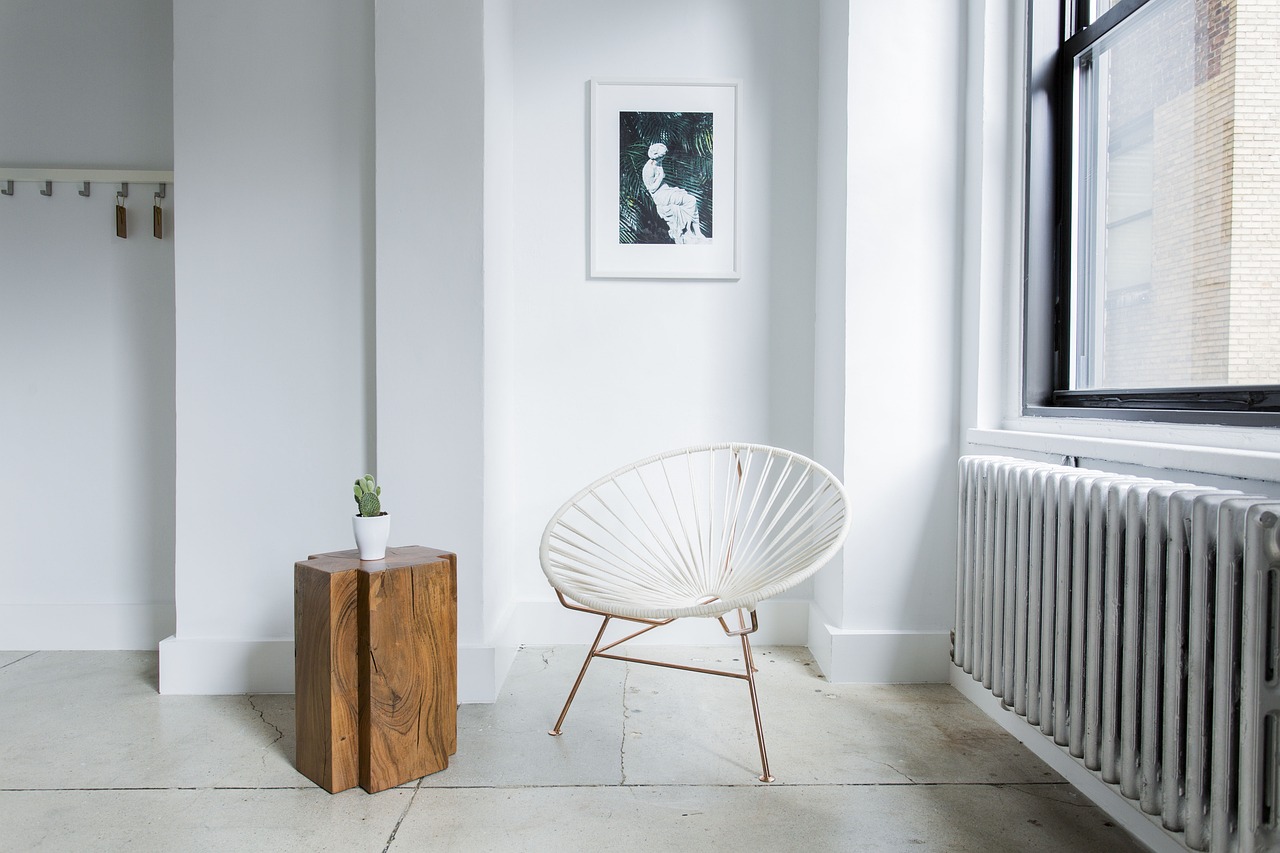
The emotional response to dark wood is as varied as the designers who use it. For some, being surrounded by deep, rich wood tones feels grounding and secure, almost like a comforting embrace. Others, however, may find these same tones oppressive, associating them with gloom or heaviness, especially in spaces lacking natural light. Designers must be keenly aware of the psychological atmosphere they’re creating. A library paneled in walnut might inspire concentration and calm, while a small bedroom swathed in the same wood could feel stifling. Personal preference plays a major role here, as does cultural background and previous experiences. The psychological effect of dark wood can enhance or detract from a space depending on the context, making it one of the most subjective elements of the debate.
Cultural Significance
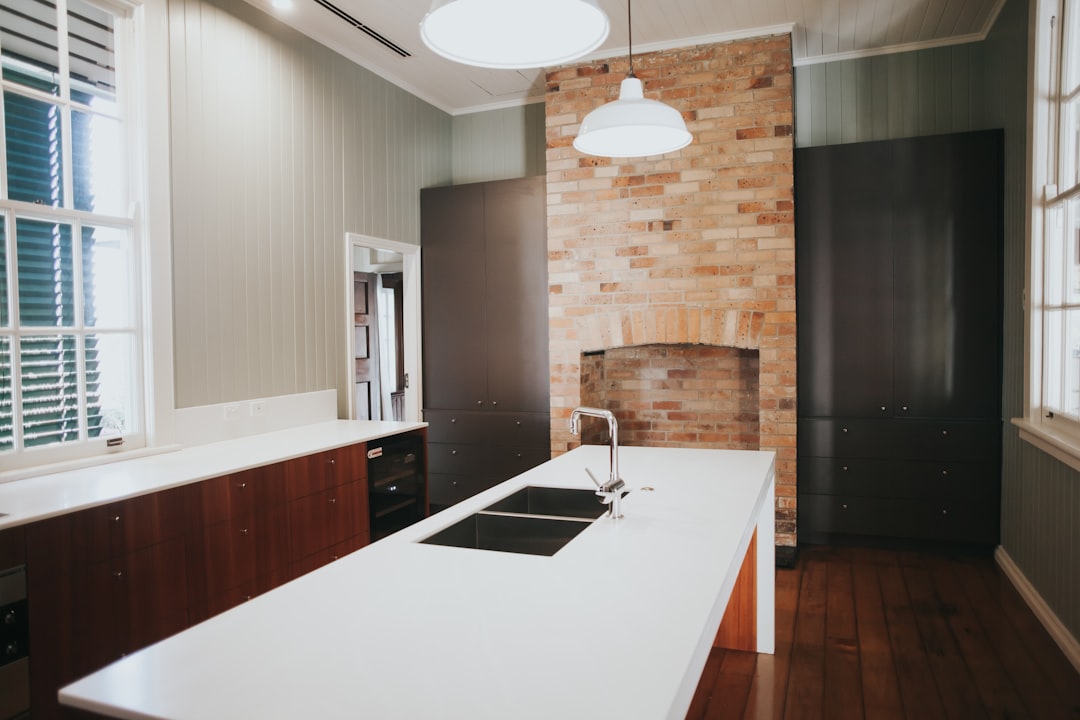
Across the world, dark wood carries different meanings and associations. In some countries, it’s a symbol of wealth and prestige, used in palaces and stately homes to signal status. In others, it represents durability and tradition, passed down through generations in family heirlooms. These cultural associations can shape both the acceptance and the rejection of dark wood in modern design. For clients with strong ties to their heritage, using dark wood may be a way to honor family history or cultural identity. Designers who understand and respect these nuances can create spaces that resonate on a deeply personal level. Navigating these cultural waters is both a challenge and an opportunity for creativity.
Market Trends and Consumer Preferences
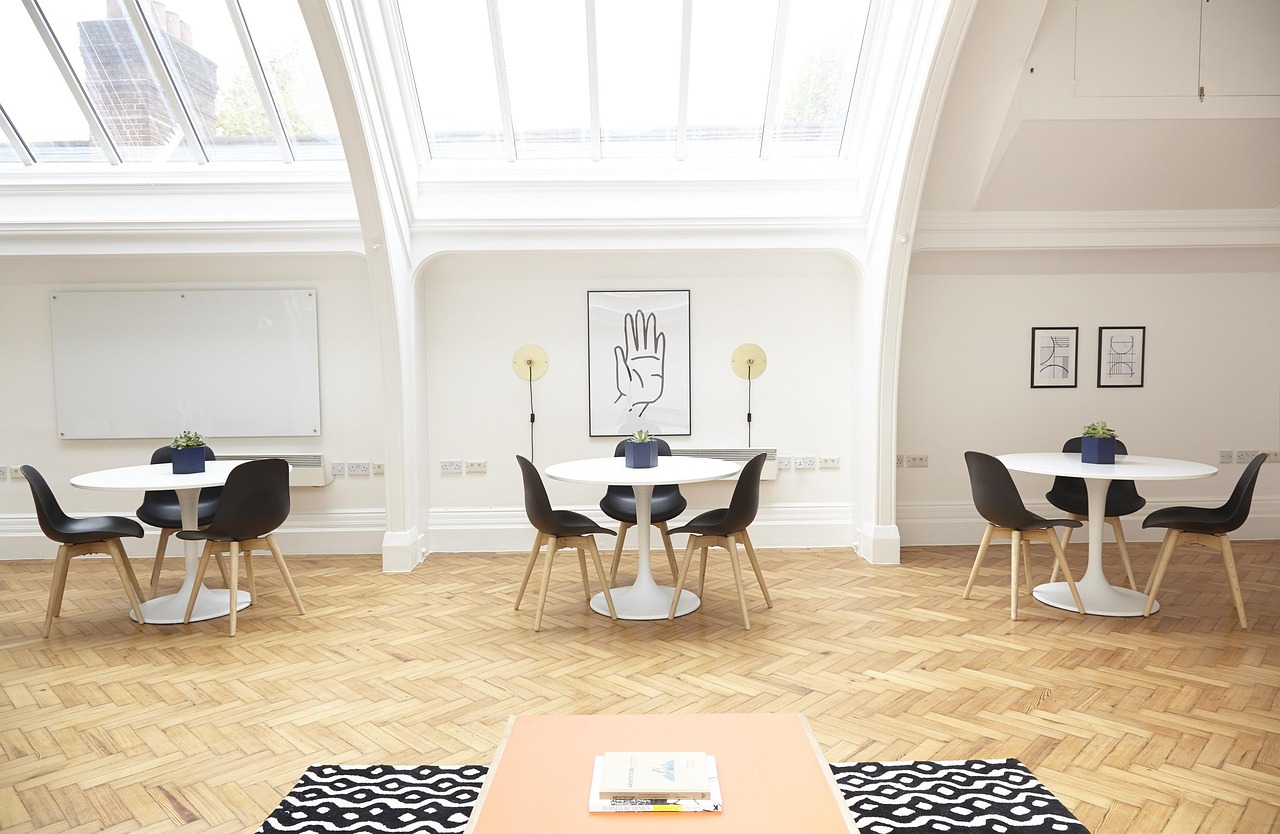
Consumer preferences are always evolving, and designers must keep a finger on the pulse of what clients want. The resurgence of dark wood has been tied to a broader movement toward maximalism, where bold colors and textures take center stage. However, there’s also a strong current of minimalism, with many homeowners preferring light, airy spaces over dark, dramatic ones. Social media, design shows, and even economic factors all play a role in shaping these trends. The debate over dark wood is, in many ways, a reflection of the broader tug-of-war between comfort and showmanship, between what’s “in” and what’s “right now.” Designers who can read these subtle shifts are better equipped to make choices that satisfy today’s tastes while still feeling fresh tomorrow.
Innovations in Wood Treatments
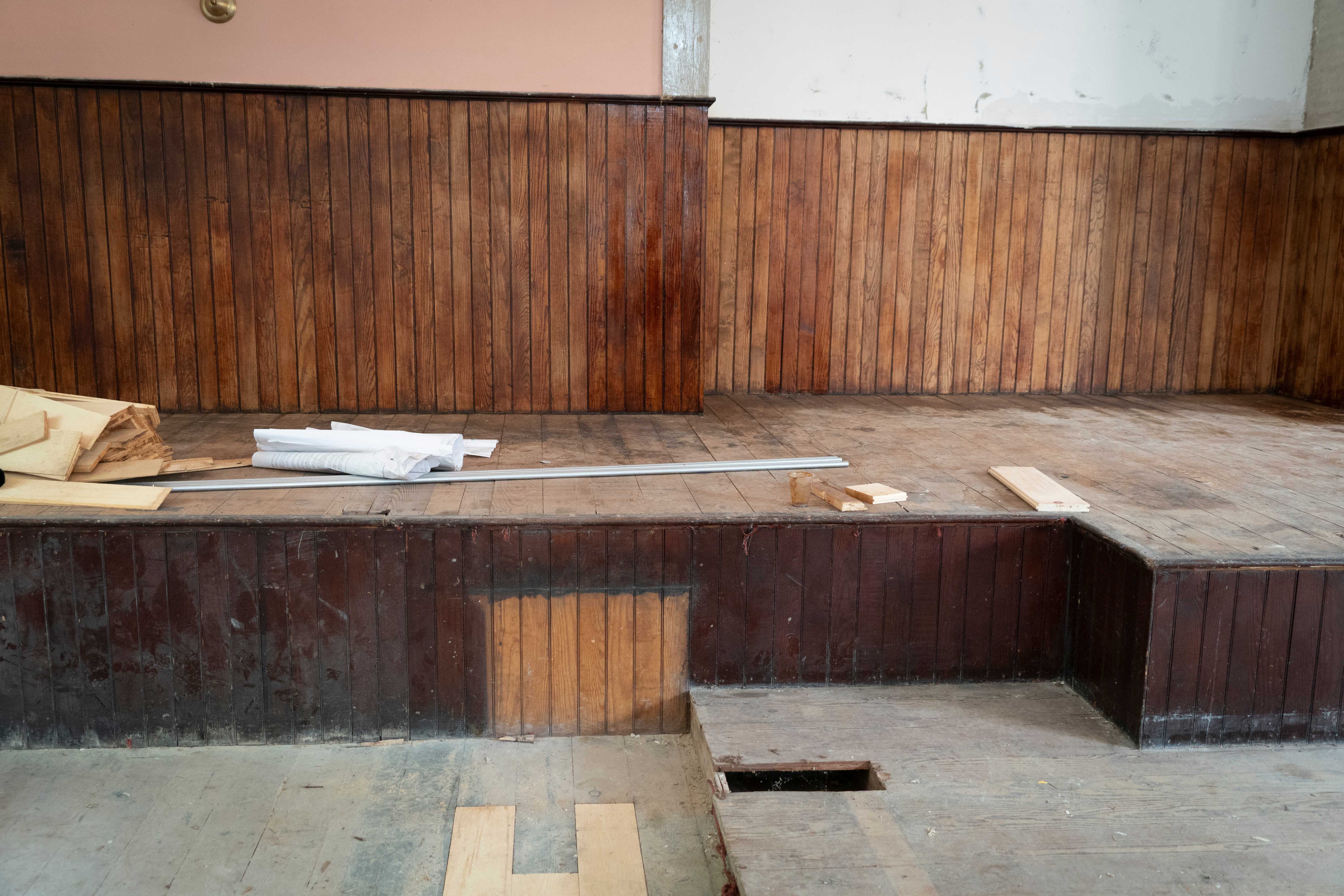
The way we treat and finish wood has come a long way, and these advances are changing the game for dark wood in design. New finishes can make dark wood more resistant to scratches, stains, and fading, addressing some of the most common complaints. There are also eco-friendly stains and sealants that minimize the environmental impact without sacrificing beauty. These innovations open new doors for designers, allowing them to use dark wood in places where it would have been impractical before, like bathrooms or kitchens. Even engineered woods and veneers can now mimic the look and feel of solid dark wood at a fraction of the cost and environmental footprint. These technological leaps are helping to bridge the gap between desire and reality, making dark wood more accessible and sustainable.
Balancing Light and Dark Elements
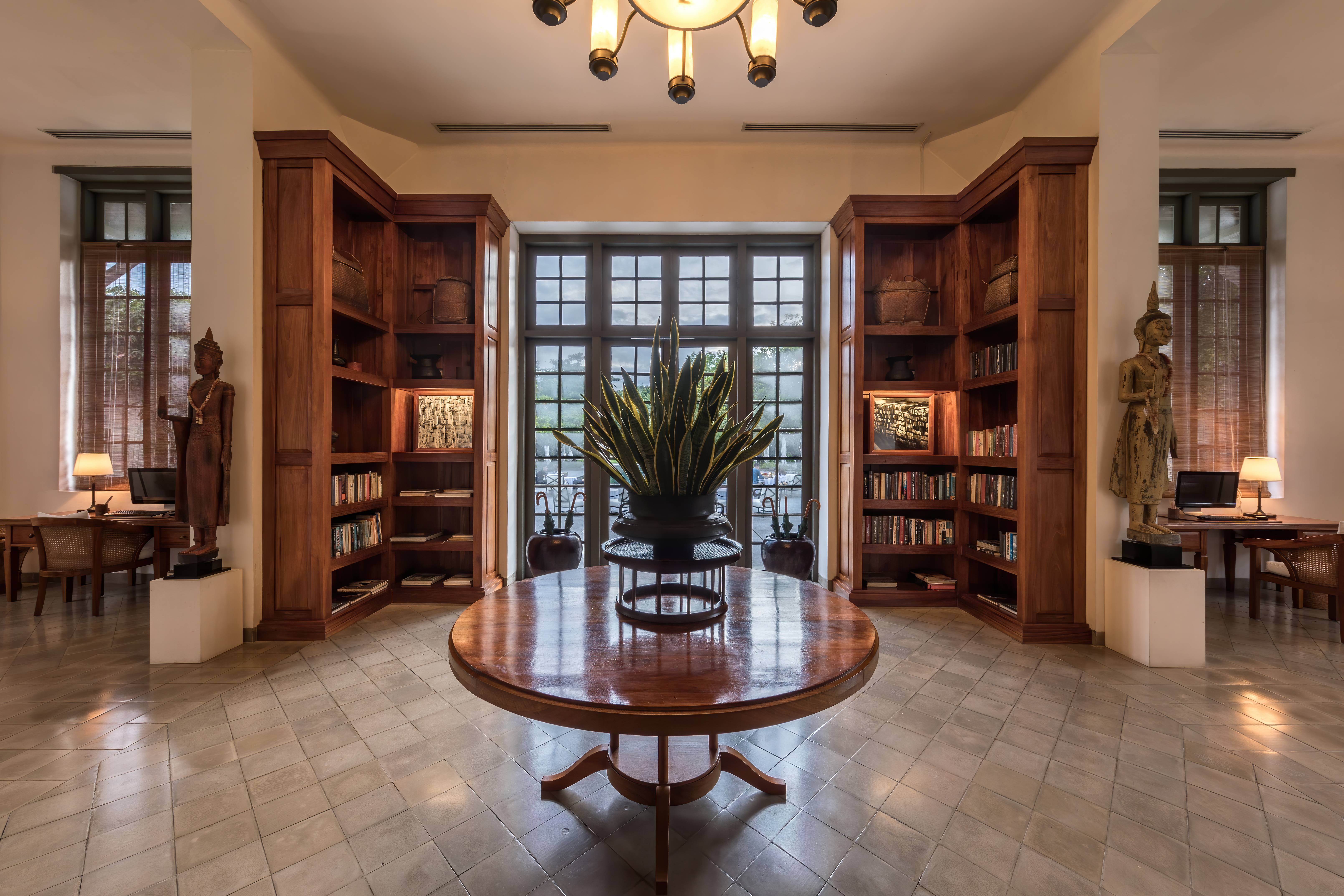
Getting the balance right between dark wood and other elements is an art form in itself. Too much dark wood can make a space feel closed in, but just the right amount can add richness and depth. Designers often use light-colored walls, floors, or furnishings to offset the heaviness of dark wood, creating a sense of harmony. Mirrors and strategic lighting can also play a big role, bouncing light around the room and highlighting the beauty of the wood grain. This balancing act isn’t just about color—it’s about texture, scale, and proportion, too. A single piece of dark wood furniture can become a dramatic focal point, while a room paneled entirely in dark wood might need pops of color or metallic accents to keep it from feeling monotonous. Finding this balance is where skilled designers truly shine.
Designer Perspectives: Voices from the Industry
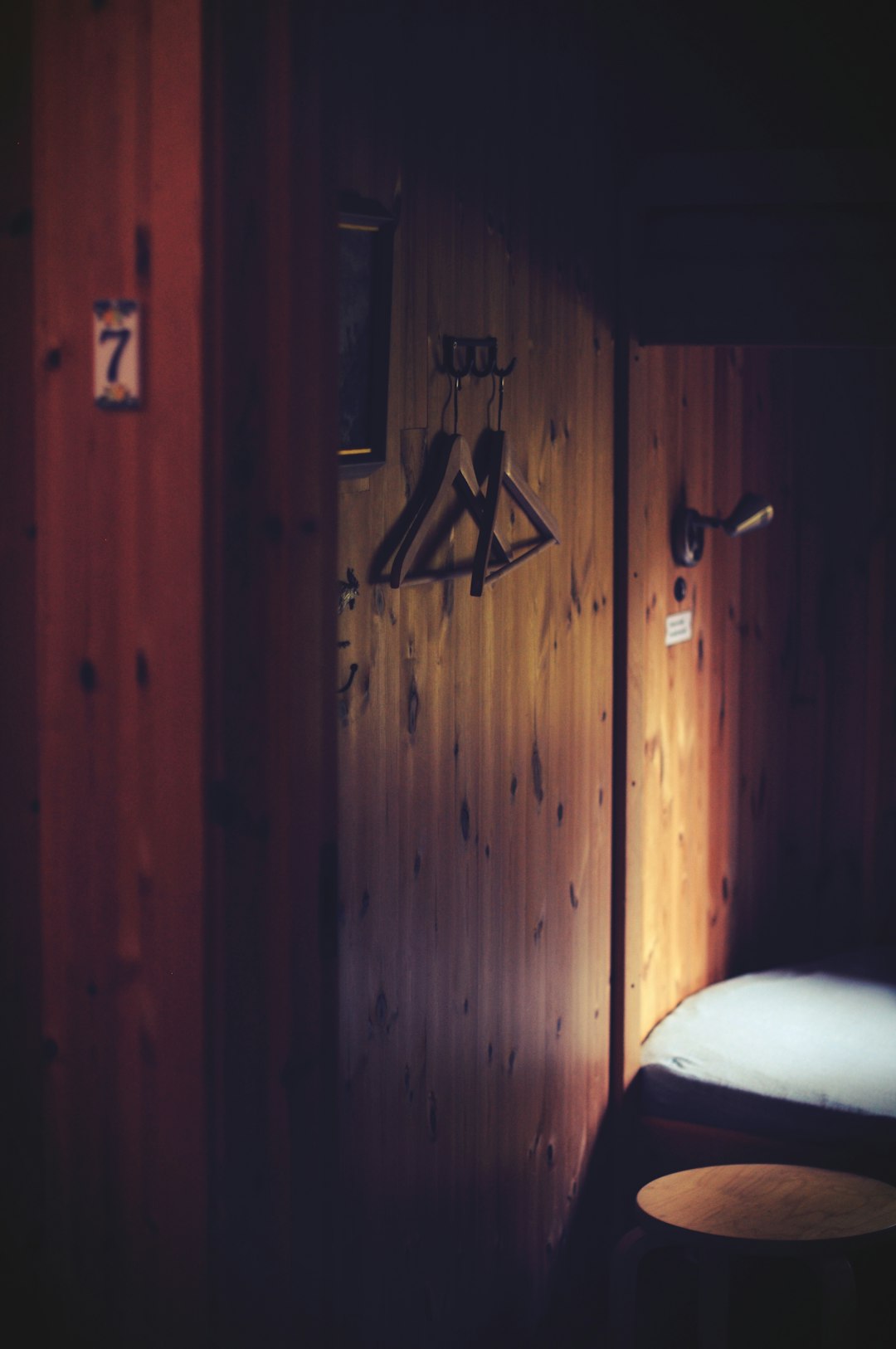
Inside the design community, the debate over dark wood is anything but quiet. Some designers wax poetic about its ability to bring gravitas and luxury to any setting, citing examples from grand hotels, historic mansions, and high-end restaurants. Others voice concerns about the practicalities, with one designer remarking, “Dark wood is beautiful, but it’s not for the faint of heart—it’s high maintenance and not always the best fit for modern living.” Still, there are those who find a middle ground, using dark wood sparingly as an accent or in combination with other materials. These diverse perspectives highlight the complexity of the issue and show that, in design, there’s rarely a one-size-fits-all answer. The conversation is ongoing, and designers continue to push boundaries, challenge norms, and inspire new ways of thinking about this captivating material.

Lena is a thoughtful and imaginative writer with a passion for storytelling across the themes of travel, environmental sustainability, and contemporary home aesthetics. With a background in cultural media and a strong visual sensibility, Anna Lena creates content that bridges inspiration with practical insight.
Her work explores the interplay between place, lifestyle, and design—guiding readers through meaningful travel experiences, eco-conscious choices, and modern approaches to living well. Known for her elegant writing style and attention to detail, she brings a fresh, human-centered perspective to every topic she covers.
Anna Lena contributes to digital publications and editorial projects where aesthetics meet purpose. Her writing not only informs but also encourages readers to live more intentionally, sustainably, and beautifully—wherever they are in the world.

